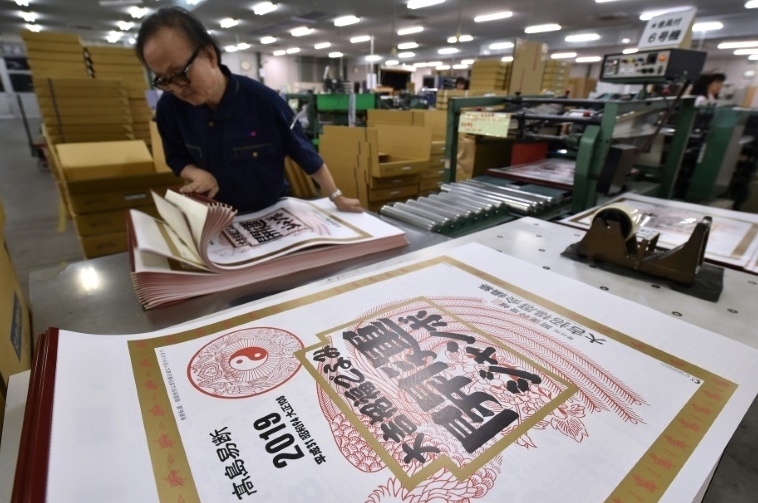
THE abdication of Japan’s Emperor Akihito next year will be quite literally the end of an era, the Heisei era of his rule, and behind closed doors, talks on the next era have begun.
Japan is the only country in the world still using Chinese-style imperial calendars. It might be 2018 in much of the world, but in Japan it is Heisei 30, or 30 years into Akihito’s reign.
While the Gregorian calendar is widely used in Japan, imperial dates feature on government documents, newspapers, and commercial calendars. “It is easier to imagine what the time was like if you have eras,” said Kunio Kowaguchi, president of major calendar maker Todan.
“For instance, we remember it was early Heisei that the bubble burst,” he said, referring to the collapse of Japan’s speculation-driven economy.
The upcoming end of the Heisei period was even reportedly a factor in the government’s decision to implement death sentences this year against 13 members of the Aum cult behind a 1995 sarin attack.
Government officials apparently wanted to draw a line under the cult’s attacks before the Heisei era ends. All 13 executions were carried out in July.
Japan has had nearly 250 eras or “gengo” since adopting the system in the 7th century.
In the past, emperors would switch era names mid-reign to make a fresh start after natural disasters or crises.
But more recently, an era has run the entire length of a monarch’s rule.
With just months to go before Crown Prince Naruhito ascends the Chrysanthemum Throne in May 2019, speculation about the new name is growing.
Disclaimer: The comments uploaded on this site do not necessarily represent or reflect the views of management and owner of Cebudailynews. We reserve the right to exclude comments that we deem to be inconsistent with our editorial standards.
